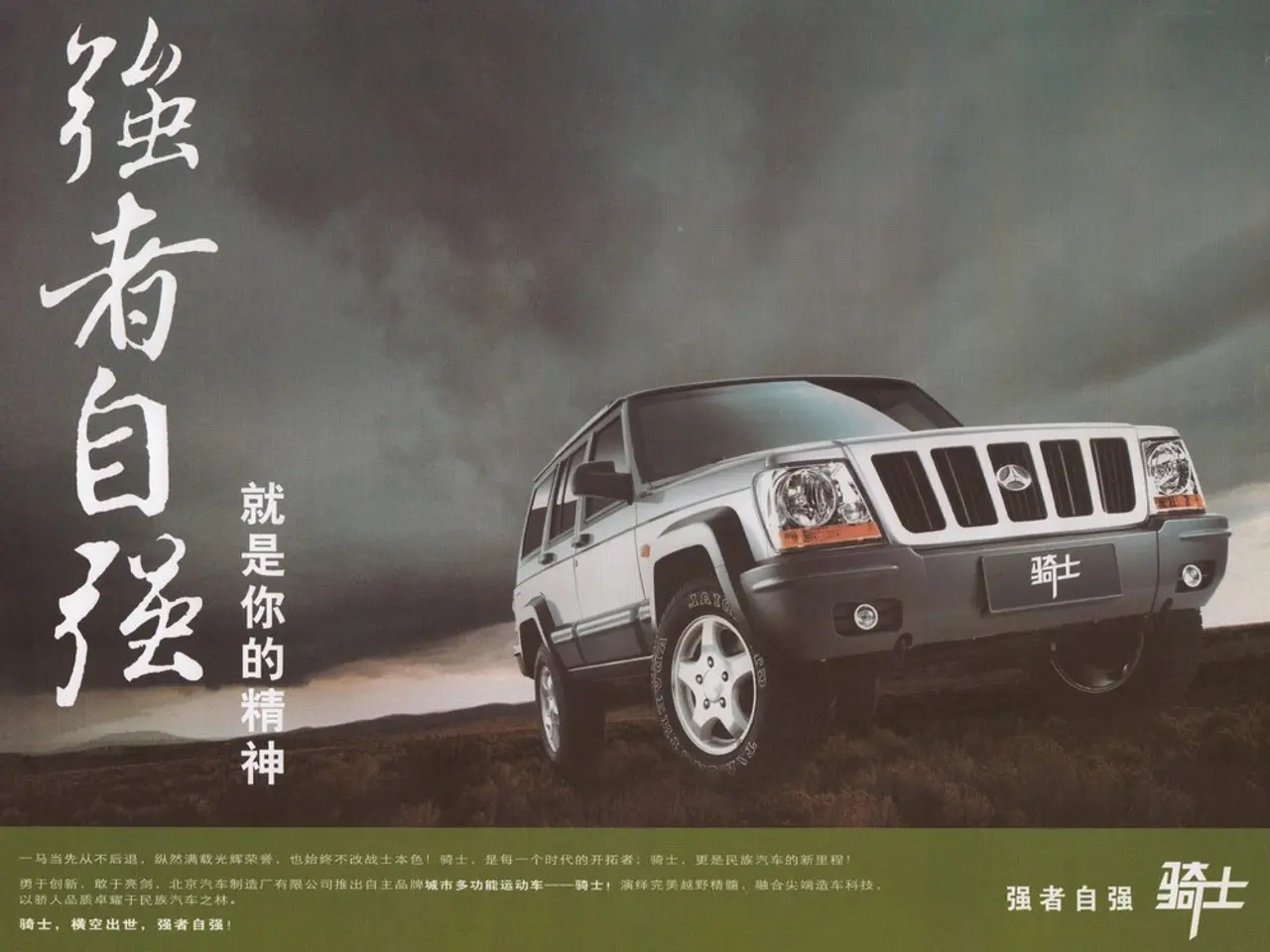U.S.-China trade agreement accomplished: Rare earth supplies and tariff truce guaranteed for Trump
In a significant development, the United States and China have agreed to restore a trade truce following intensive talks in London. The deal, announced by President Donald Trump on his "Truth Social" platform, is pending final approval from both US and Chinese leaders.
The key details of the agreement reveal a complex web of concessions and commitments. The US tariffs on Chinese goods, which currently stand at 55%, will remain unchanged according to US Commerce Secretary Howard Lutnick. This 55% combined tariff rate includes a baseline 10% "reciprocal" tariff imposed by Trump on imports from nearly all US trading partners, an additional 20% tariff on all Chinese imports, and pre-existing 25% tariffs from Trump's first term.
On the other hand, China's tariffs on US imports will remain at 10% under the deal. One of the most significant aspects of the agreement is China's pledge to supply "full magnets, and any necessary rare earths, up front" to the US. Rare earth elements are critical components for many high-tech industries, including defense and renewable energy sectors. In return, the US will continue to allow Chinese students to attend its colleges and universities, a move that President Trump has noted positively.
The agreement comes after a period of escalating tariff actions in early 2025, where tariffs on Chinese goods peaked at over 143%, amid broader tensions including concerns about illicit synthetic opioid trade and trade imbalances. The new agreement signals a de-escalation and a framework for continued trade talks.
Prior to the deal, the Trump administration had imposed sweeping tariffs on Chinese imports, and China retaliated with tariffs on US exports such as coal, LNG, and agricultural goods. The new agreement marks a tentative truce after months of escalating trade tensions.
The agreement is described as a "big win" for both countries, offering a glimmer of hope in the ongoing trade saga between the world's two largest economies. However, it is important to note that the agreement still requires final approval from Chinese President Xi Jinping.
[1] CNBC, "US-China trade deal: What we know so far," 1 April 2025, https://www.cnbc.com/2025/04/01/us-china-trade-deal-what-we-know-so-far.html [2] Reuters, "US-China trade war: Tariffs and trade talks explained," 1 March 2025, https://www.reuters.com/article/us-usa-china-trade-explainer/us-china-trade-war-tariffs-and-trade-talks-explained-idUSKCN1QS1KA [3] CNN Business, "Trump announces tariff pause for 90 days," 1 February 2025, https://money.cnn.com/2025/02/01/news/companies/trump-tariffs-pause/index.html
- The deal, while still pending final approval, promises a complex interplay of concessions between the United States and China, with US tariffs on Chinese goods remaining at 55%, compared to China's 10% tariff on US imports, particularly in the sectors of science (high-tech industries) and business (trade).
- A notable aspect of the agreement is China's pledge to supply the US with full magnets and rare earths, elements crucial for many scientific industries, including history-defining areas like defense and renewable energy sectors.
- The agreement emerges against the backdrop of general-news events such as the escalation of tariff actions in early 2025 and broader tensions, including politics-sensitive issues like trade imbalances and illicit synthetic opioid trade.
- News outlets such as CNBC and Reuters have reported on the agreement, describing it as a potential turning point in the ongoing politics between the world's two largest economies, offering hope for a more harmonious business environment in the sphere of entertainment (the Trump administration's "Truth Social" platform) and beyond.







